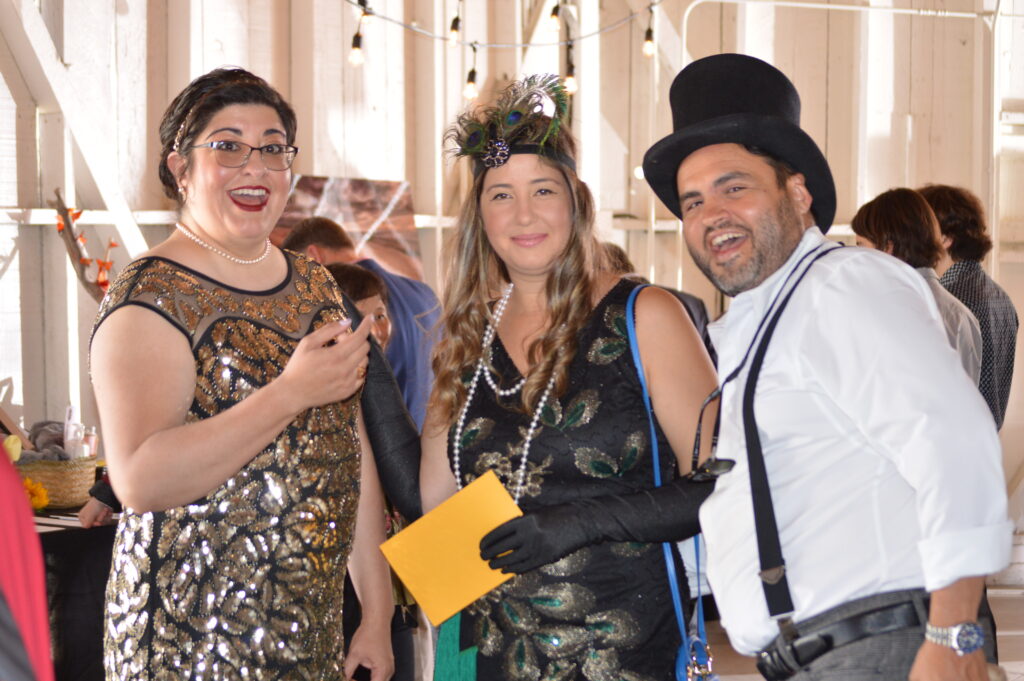Open Sunrise to Sunset Daily - $5.00 vehicle charge
Boardwalk Trail approx. 1.5 miles
Pets not allowed
.
Just north of Guadalupe, California, lies one of the most scenic natural areas all along California’s coast, Oso Flaco Lake. To get there, three miles north of Guadalupe, turn west onto Oso Flaco Lake Road, this road will dead end at the parking area for this hidden State Park.
Oso Flaco Lake Natural Area is a part of Oceano Dunes SVRA, a California State Park. Access is permitted sunrise to sunset throughout the year. Parking is $5 per vehicle. Trailhead begins through the white gate.
The lake has been called Oso Flaco, meaning “skinny bear,” ever since 1769 when Gaspar de Portola's expedition passed through. The reason for this is attributed to a fateful meal shared by the explorers. The group saw, shot and subsequently ate a skinny bear they had seen on the shores of the lake. By the next day, several of the men had died. The tale goes that the native people, the Chumash, had fed the bear tainted meat which when consumed would cause the animals to sicken enough for them to be unable to compete for resources. With the inability to feed came the inevitable wasting that would have led to our 'skinny bear'. It would appear though that the bear's flesh had enough residual toxins to have also dispatched our ill fated explorers to a quicker demise.
An Overview of the Trail
Leaving the parking lot, enter through the white gate. Having come to see dunes, you might be surprised to find yourself in this wooded area! The trees you can see are arroyo willows and wax myrtles evidence that a dune complex is 'not just sand'. Both of these species need generous amounts of water to flourish. They are being sustained by Oso Flaco Creek, a 'riparian corridor', which means a bank or area relating to a natural waterway. The canopy and understory support an incredible array of life, look for Spanish moss hanging from the tree limbs and listen for songbirds.
You will reach the end of the causeway and come to the bridge. Turn west onto the bridge and walk out over the lake to see incredible views of dunes and the surrounding landscape. Many birds make their home in and around the lake.
Across the lake you will enter the stabilized dunes where silver dune lupine, coyote bush, deer weed and dunes paintbrush and a wide variety of birds, reptiles, mammals and many other plants live.
At the end of the boardwalk you will find a viewing platform that affords scenic views of the entire San Luis Bay from Point San Luis in the north, to Mussel Rock in the south. There you will also find the foredunes, or the area of dunes closest to the beach. This area is where the western snowy plover makes its nest, be sure to follow all appropriate signage and enjoy the beach!
Important Poisonous Plants
giant stinging nettle, Urtica dioica ssp. holosericea
Looking into the understory notice (but don't touch!), the giant stinging nettle, it is the tall plant with serrated leaves, purple splotches on the stems, and in the spring, small white flowers. This plant is covered in fine hairs which can deliver a good dose of formic acid, the same chemical found in fire ants. If you accidentally brush up against it with bare skin, a white rash will quickly appear.
poison oak, Toxicodendron diversilobum
From the sumac family, poison oak takes a variety of forms. It can appear as a vine or shrubby. The smooth leaves are in groups of three and can range from bright to dark green and/or bright to dark red. The smaller leaves are yellow-green and the fruit is whitish. Any part of the plant is toxic and even the bare dry stems can cause the severe itchy, weeping rash.
poison hemlock, Conium maculatum
Hemlock is upright with purple dots on the stem. The leaves are smooth and compound. The flowers are white and umbrella-shaped. This is the plant made famous when it was used to poison Socrates. Every part of hemlock is poisonous.
Invasive Plants
veldt grass, Ehrharta calycina
European beach grass, Ammophila arenaria http://www.nps.gov/archive/redw/beach-gr.htm
Jubata grass, Cortaderia jubata http://www.nps.gov/archive/redw/pampas.htm
slender-leaved ice plant, Conicosia pugioniformis
ice plant, sea fig, Carpobrotus chilensis
ice plant, hottentot fig, Carpobrotus edulis
Wildlife
Keep your eyes open and you can see mammals, birds, reptiles and amphibians.
Upcoming Events
Nipomo, 93444 United States
Newsletter
Our newsletter keeps you up to date with the latest information about our exhibits, upcoming events, and programs.



